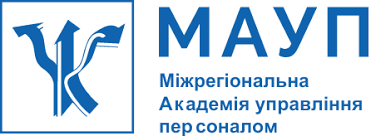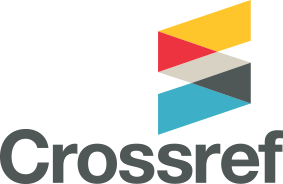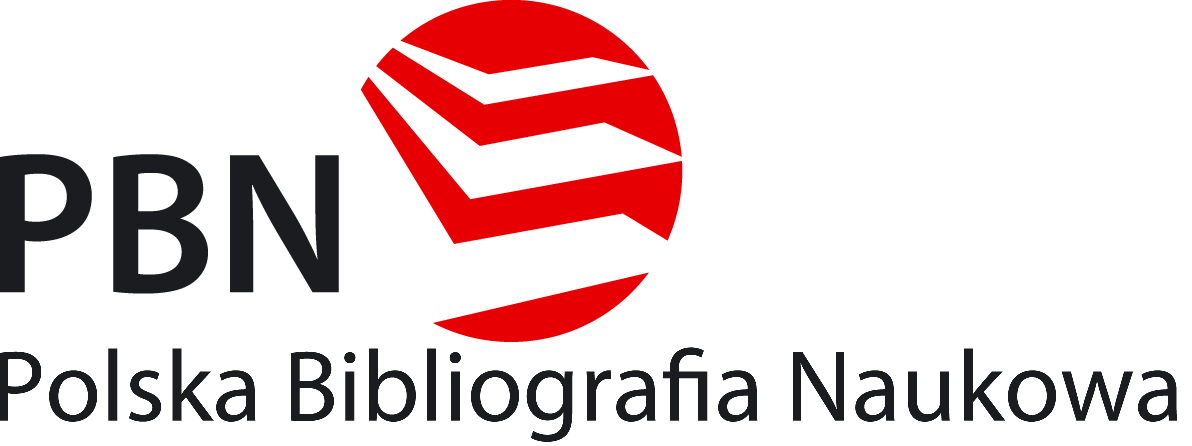STATE REGULATION OF ENGINEERING ACTIVITIES: INTERNATIONAL EXPERIENCE
DOI:
https://doi.org/10.32689/2617-9660-2021-2(14)-254-263Keywords:
engineering, engineering activity, European Union, United States of America, project, government policy, commercialization.Abstract
Currently, engineering is the newest government mechanism of the European Union and the United States, as it allows to increase economic competence, efficiency and market and economic position in the international arena. State regulation of engineering in Europe coordinates and determines the main aspects of its development, examining in detail the compliance with the law and the availability of transparent investment funds. Instead, in the United States, more attention is being paid to ways to enter into contractual agreements for targeted architectural, development, and commercial projects. At the same time, the international public administration experience in the field of engineering allows to determine its practical basis, the specifics of the formation of the public administration apparatus of public-private sector interaction. The experience of Europe and America allows to actualize the functional and systemic purpose of engineering, its development trends and stylistics of state regulation. In addition, the role of engineering and the need for its study necessitated its detailed retrospective analysis. It is important to define its understanding by the governments of the member states of the European Community and the United States of America. It is equally important to distinguish between socio-scientific and financial-economic changes that accompany this process. The emphasis on finding tools to increase the progress of investment and timing of engineering projects in Europe and the United States is another subject of study. In addition, the state of engineering is related to the scientific-theoretical and practical-governmental base. Because of this, the interaction between scientists and the government is especially important – both in the European Union and in the United States. Successful implementation of government-government engineering policy is a combination of theoretical and practical and state-scientific basis.
References
R. J. Harrington, Universities Power Engineering Conference, Galway, Ireland, September 1994.
Лозовський Л. Ш. Універсальний бізнес-словник / Л. Лозовський, Б. Рейзберг, А. Ратновський, 1997. –– 632 с.
ASME : The American Society of Mechanical Engineers (Setting the Standard) // Режим доступу : https://www.asme.org
Champy J. X-Engineering the Corporation: Reinventing Your Business in the Digital Age (WBB, 2002). – 240 p.
Ситник О. Досвід інжинірингової діяльності в сучасному економічному просторі / О.Б. Ситник, 2013. – c. 104 – 116.
Кащишин В. Передумови формування потреби підприємств в інжинірингових послугах впровадження нових технологій / В.М. Кащишин, 2013 .– с. 56 – 60.
Квактун О. Сучасний стан світового ринку інжинірингових послуг / О. Квактун, Я. Лисенко, 2013 .– С. 24 –32.
Панченко Є. Економічна енциклопедія у трьох томах // ред. С. В. Мочерний, Т.1, 2000. – 864 с.
Зовнішньоторгова енциклопедія : під ред. С. Долгова (Москва, 2011).–– 447 с.
Непомнящий О. М. Аналіз сучасного стану фінансування міжнародними фінансовими організаціями інвестиційних проектів в Україні / О. М. Непомнящий, Ю. Г. Прав // Інвестиції: практика та досвід. – 2016. – № 19. – С. 72-76. – Режим доступу: http://nbuv.gov.ua/UJRN/ipd_2016_19_17
Marusheva О.А. Special aspects of the structure of the state mechanism of legal regulation of socio-economic relations in construction with respect to highly developed countries, members of the European Union. News of science and education. 2019. № 3(64) 2019. P.26-33.










